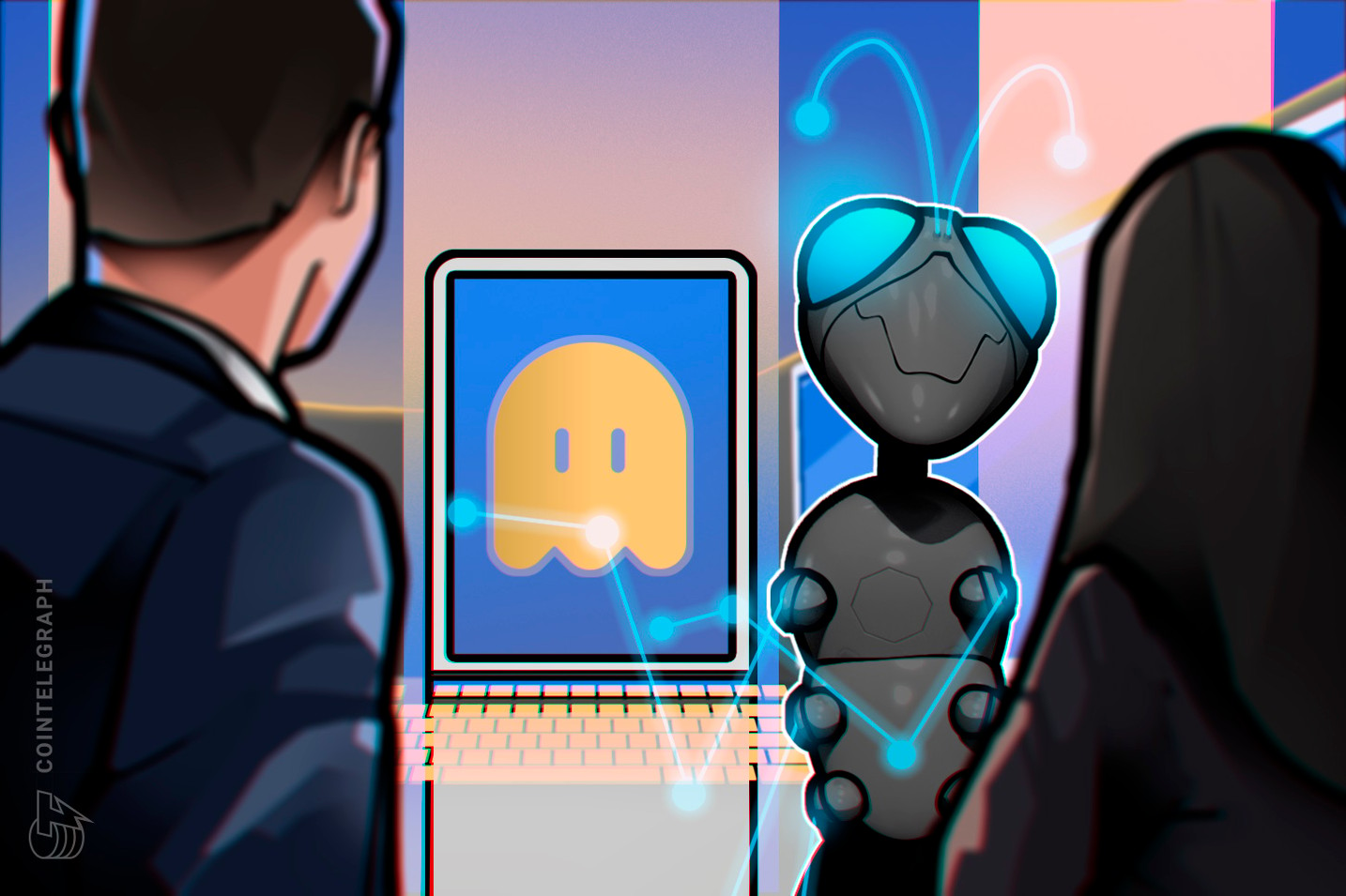Rebase tokens are a type of cryptocurrency that adjusts their circulating supply in response to price fluctuation. This can be done via burning or minting tokens via the network to ensure price stability without affecting the value of a user’s holdings.
These tokens exist as a way to avoid crypto price volatility while still offering the benefits of cryptocurrencies, such as decentralization and global use. However, they have several key failings.
For one, rebase tokens require active expansion of the protocol's treasury in order to remain profitable. This causes some protocols to pursue irresponsible lending models, which, while profitable, incite cascading liquidations when losses compound on market moves to the downside. This is terribly unfortunate for not only the vast majority of investors but for the teams left running projects during times of poor market sentiment.
Many of these projects, built on the rebase token philosophy, exist as Fantom-powered Olympus DAO (OHM) forks (here, fork means “to copy”). However, as the failings of this philosophy continue to appear, some believe OHM forks are dying off. One startup, FantOHM DAO, claims the opposite and aims to fix the problems associated with rebase tokens in their current state.
Building utility
FantOHM is a decentralized reserve currency protocol based on the Fantom FTM token, with the FantOHM alternative called FHM. Essentially, every FHM token is backed by tokens within the FantOHM treasury, meaning that FantOHM provided assets have an intrinsic value to be based on.
However, FantOHM assets aren’t tied to the exact value of the FHM token and can appreciate or depreciate algorithmically, just like a typical rebase token. Ideally, this means FHM would be able to exist and hold its value while ignoring volatility.
While FHM is great for managing a fluctuation in value, the asset doesn’t have much utility outside of that. To solve this, the FantOHM team designed a stablecoin called USDB. USDB is an asset that’s created every time an FHM token is burned.
Thanks to USDB, users can still have the value of their assets held in the FantOHM treasury while taking advantage of the utility offered by USDB. As the stablecoin is created every time an FHM token is burned, an FHM token is minted every time a USDB token is burned. By providing an alternative currency in USDB, FantOHM DAO is essentially giving their platform a business development arm with its own funding rather than replacing the asset entirely.
Creating something new
The FantOHM team is hard at work building its protocol and the USDB token alongside it. They’ve launched the product while keeping its core team of founding members, released a secondary, cross-chain compatible protocol that has increased user exposure to the Moonriver network, and are now launching the USDB stablecoin.
All past, current, and upcoming changes have and will be agreed upon by the project DAO, ensuring all financial decisions are decided upon by the community. 96% of the DAO’s members are invested anywhere from $1,000-$5,000 into the network, and FantOHM DAO is also the first Protocol Owned Liquidity ecosystem to invest in nonfungible tokens (NFTs) relevant to the project’s expansion.
The team will continue to develop its vision over the coming months alongside help from its recent partners such as the Yoshi Exchange, the Clandestina Gang, Beets.fi and Liquid Driver.
“In a landscape of infinite game players, FantOHM DAO is the Berkshire Hathaway of its peers,” says a member of the team. “We invest in projects that provide deep-value use cases for the future of cyber security, revenue production, and equitable business account management.”
Disclaimer. Cointelegraph does not endorse any content or product on this page. While we aim at providing you with all important information that we could obtain, readers should do their own research before taking any actions related to the company and carry full responsibility for their decisions, nor can this article be considered as investment advice.
